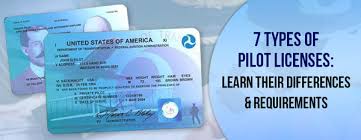
Pilots, often romanticized as the modern-day adventurers of the skies, Pilot Commercial License play a crucial role in connecting the world by air. From transporting passengers to delivering cargo, they navigate through the vast expanse of the atmosphere with skill, precision, and unwavering dedication. But what does it take to become a pilot, and what does their world entail?
Training and Qualifications
Becoming a pilot is no small feat; it requires rigorous training, commitment, and a passion for aviation. The journey typically begins with ground school, where aspiring pilots learn the fundamentals of aerodynamics, aviation regulations, navigation, and meteorology. This theoretical knowledge forms the basis for their practical training.
Hands-on experience is gained through flight training, where students take to the skies under the guidance of certified flight instructors. They learn how to operate various aircraft, perform maneuvers, handle emergencies, and navigate through different weather conditions. This training culminates in obtaining a private pilot license (PPL), allowing pilots to fly for recreational purposes.
For those aspiring to pursue aviation as a career, further training is necessary to obtain advanced licenses, such as a commercial pilot license (CPL) or an airline transport pilot license (ATPL). These licenses come with additional requirements, including a specified number of flight hours, proficiency in instrument flying, and successful completion of written and practical exams.
Roles and Responsibilities
Once licensed, pilots can embark on a diverse range of career paths within the aviation industry. Commercial pilots may find themselves working for airlines, charter companies, or cargo operators, while others may choose to pursue opportunities in fields such as aerial photography, firefighting, or medical evacuation.
